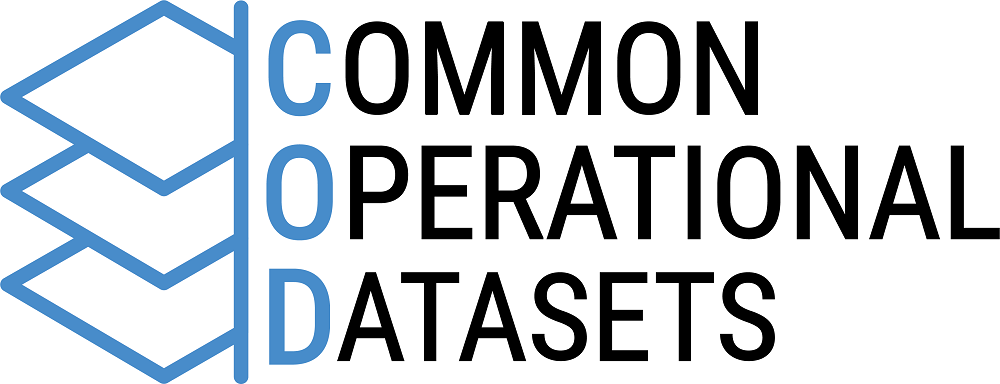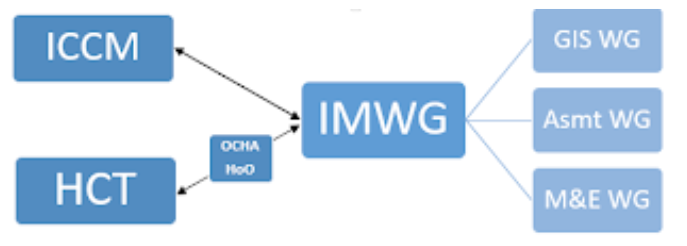
Overview
The Information Management Network (IM Network) is an important component of the COD process. The IM Network can exist at country, regional and global levels and is composed of the humanitarian information management actors active in that country, region or at the global level. Potential IM Network actors include government, UN agencies and programmes, cluster IM staff, and international and national NGOs. If there is an OCHA office in the country the OCHA information management officer is responsible for establishing the IM network. however, OCHA does not have to be present for there to be an active IM Network.
The IM Network, as it relates to CODs, should have Information Management Officers (IMO) from OCHA, representatives or IMOs from clusters or sectors representatives (if these are not activated then agencies), technical staff from international and national NGOs, and ideally technical staff from relevant government agencies.
Possible partners include:
UN: OCHA, UNICEF, UNHCR, WHO, IOM, WFP, UNDP, FAO, UNFPA, UNDP, UN Women, UN-Habitat, UN Environment, etc.
Cluster IMOs; Health, Logistics, Nutrition, Protection, Shelter, WASH, CCCM, Early Recovery, Education, ETC, Food Security
Cross-Cutting Issues: Environment, GbV
Government: May include the following ministries/departments: Cartographic, Geographic, Statistics, Census, Emergency Management, Environment, etc.
Other: ITOS, MapAction, OSM, etc.

The role of the Information Management Network is to:
Participate in the planning, identification, collection, processing, analysis, communication, and versioning of CODs
Determine COD and prioritization of COD collection
Endorse CODs
Use and advocate for use of CODs and P-codes
Why is the IM Network important to the COD process?
The IM Network is composed of the country-level technical staff that can ensure that the best available operational datasets are being used. Only those closest to the ground are aware of the numerous complexities when determining the "best available" dataset. Active engagement by individuals with detailed local knowledge is critical to determining which dataset should be used for a humanitarian response.
Who does the IM Network report to?
The IM Network or IM working group (IMWG) should report to the inter-cluster coordination group or mechanism (ICCG/M) and if possible a representative of the IM Network should attend the ICCG. If an ICCG is not present, the communication about the CODs should be shared with the Humanitarian Country Team (HCT) via the OCHA Head of Office. The image below illustrates the connection between the various groups. Communication between the IMWG chair and OCHA Head of office is important to gain support, resources (if required), endorsement and advocacy of CODs in an emergency.

Resources